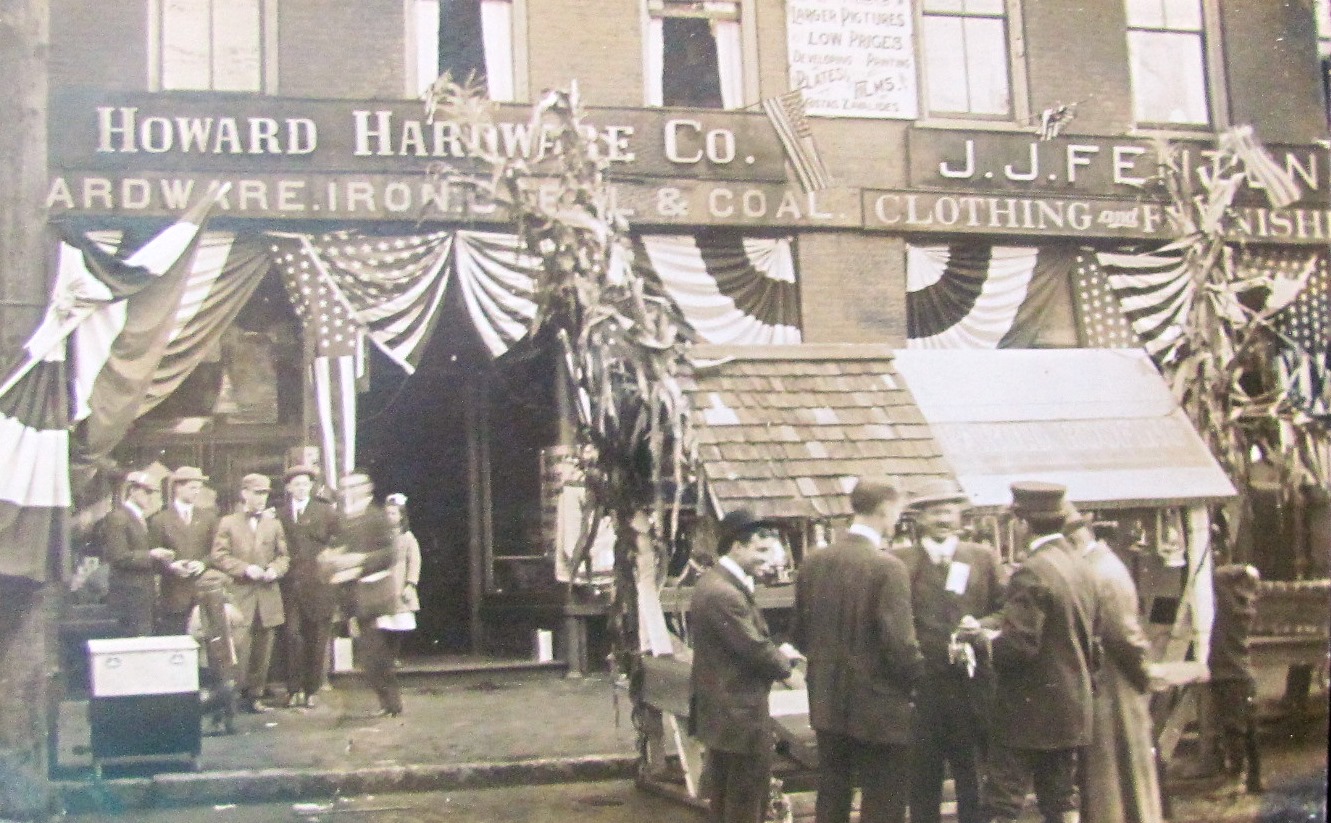
The following stories are from a tattered 1948 Green Mountain Whittlin’s.
Sweet Fern and Poison Ivy
“In Vermont, poison ivy is prevalent in fields and woods. For some people, patent medicine or doctor’s treatment is not sufficient to cure the poison contacted from the weed. There is another weed, sweet fern, which grows in the same fields with the poison ivy.
“This was used by early settlers in tea form to cure the poison. I have always heard my family say that wherever poison ivy weeds grow also grows an herb which can be used for its cure. Near Sand Bar Bridge there is a spacious field with nothing but poison ivy and sweet fern. Sweet fern is a rare herb now, but if you find any take it home and dry it to save for the uneventful day when you contact poison ivy.”
The Devil vs. The Irish
“Two lawyers, crossing a ferry in company with an Irish boy, when the conversation between the lawyers turned upon a certain case in court: the boy not fully understanding the matter asked one of them ‘what case?’ The lawyer answered, ‘a case between the Devil and the Irish nation, and which do you think will get the case?’ ‘I do not certainly know,’ says the young padde – ‘The Irish have the most money, but the Devil has the most lawyers.’”
Earmarks on Cattle
“In the year 1790, ear marks were recorded at the town clerk’s offices as there were places called common where anyone could let his cattle graze. As there were no fences to separate them, each man had to mark his cattle. Some were with circles the size of a half penny cut from the ear, either right or left as the record would show, others were notched, and various other marks were given. One common was on top of the hill above Monkton Boro. It is told that there, two men got to quarreling over their cattle.
“One that had the ear mark of two notches in the left ear was twitted of taking another man’s cattle that had the mark of one notch in the left ear and making another notch so as to claim the cattle. A ‘hot argument’ followed and before this ended the man with one notch earmarks had taken the other man down and cut two notches out of his ear.”
The Minister’s Muskmelons
“It was customary in early times to make cider brandy. Even the minister was not backward in sampling a bottle of it. The story is told of a minister who had raised some fine muskmelons one year. He asked a number of ministers who were attending a revival to come over one evening and have some melons. The afternoon his friends came the good minister ‘plugged’ the melons and poured into them some cider brandy. After the ministers had been eating awhile the master of the house noticed several of the partakers of the melons picking out the seeds and putting them in their pockets. On inquiring why they were saving the seeds one of them said, ‘We want to raise some melons like these.’”
Field day
“The more important wild animals which the early settlers of the town of Rockingham saw were the black bear, moose, deer, wolf, beaver and the catamount or wild cat. Numerous stories of adventures with these animals have been preserved both by tradition and records. Col. Benjamin Bellows, living on the Connecticut River, south of Bellows Falls, was one day hunting small game on Mt. Kilburn. He came suddenly upon a huge bear which he shot, and within a few minutes another appeared that shared the same fate.
“A rustling in the bushes near by at once attracted his attention and he saw the round eye balls of a large catamount glaring at him above the brakes. He knew instinctively his new customer was a different class of animal to deal with from the clumsy bear, from which there was no great danger. Fearing the savage disposition of this last animal if wounded and not killed, he brought his gun up with much trepidation, and, aiming at the eyes, fired.
“All was silent, but not caring to stay to investigate he beat a hasty retreat to his home, returning at once with his men. They found the catamount dead, the ball having struck squarely between the eyes. To kill a catamount in those days single handed was considered a great feat. The colonel’s household lived for many days upon the bear steak, which was considered as one of the delicious meals in early times.”
This week’s old saying. “Do not criticize what you can’t understand.”